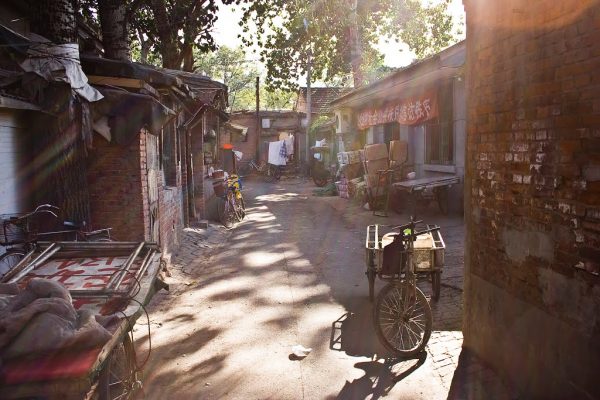The television broadcasts of Jonathan Meades are marked by a surreal humour, a polymathic breadth of knowledge, and a truly caustic wit that’s alchemically concentrated to smoulder through the accumulated scum blockages of much contemporary televisual inanity. Sartorially brilliant, he appears to have been birthed by the same clandestine sect we have to thank for the dark-stain presences of Ian McCulloch, Roy Orbison and Harry Lime – although I’m unsure how he’d feel about those comparisons. If, as it happens, you’ve never caught a Meades film, then you’re yet to encounter how startling it can be to receive a dose of television presented by a critically lucid pontificator who simply refuses to remove his Ray-Bans, all the while affecting a kind of stolid, critical pedestrianism that’s perfectly calibrated to defamiliarise and make strange the overlooked and obfuscated elements of our built environments. In Meades’s own words, these are ‘free shows’, we need only look.
We met at Soho’s Quo Vadis restaurant to talk about Pedigree Mongrel, a forthcoming record commissioned by Jess Chandler and Will Shutes at Test Centre. Musically backed by the incomparably ominous Mordant Music, the LP offers readings from three of Meades’s published works; the memoir An Encyclopaedia of Myself (2014), the essay collection Museum Without Walls (2013), and a novel, Pompey (1993), alongside new material written and performed specifically for the project. It’s a strangely disquieting and ultimately rewarding listen, by turns didactic, charming and jolting. It is also, at times, soporific, bearing the lulling quality of a led-meditation. Meades’s relentless prose moves fluidly through genres whilst being subject to echoes and emphases, salivary sounds, coughs, splutters, amnesiac repetitions; audio-collaging techniques that bring simultaneously to the fore a very visceral sense of embodied enunciation and a cavernous perambulation of mind.
Due to the sheer thematic breadth of Jonathan’s output – twinned with my own personal interest in his architectural writings – I’d completely suppressed any acknowledgement of his gastronomic erudition, despite the fact that he’d maintained a role as restaurant critic for The Times for over fifteen years. This was brought sharply into relief upon arrival, when he requested a double espresso AND a cup of lapsang souchong. It was an order placed with such wonderfully artful precision that I’m still kicking myself for not mirroring it.




